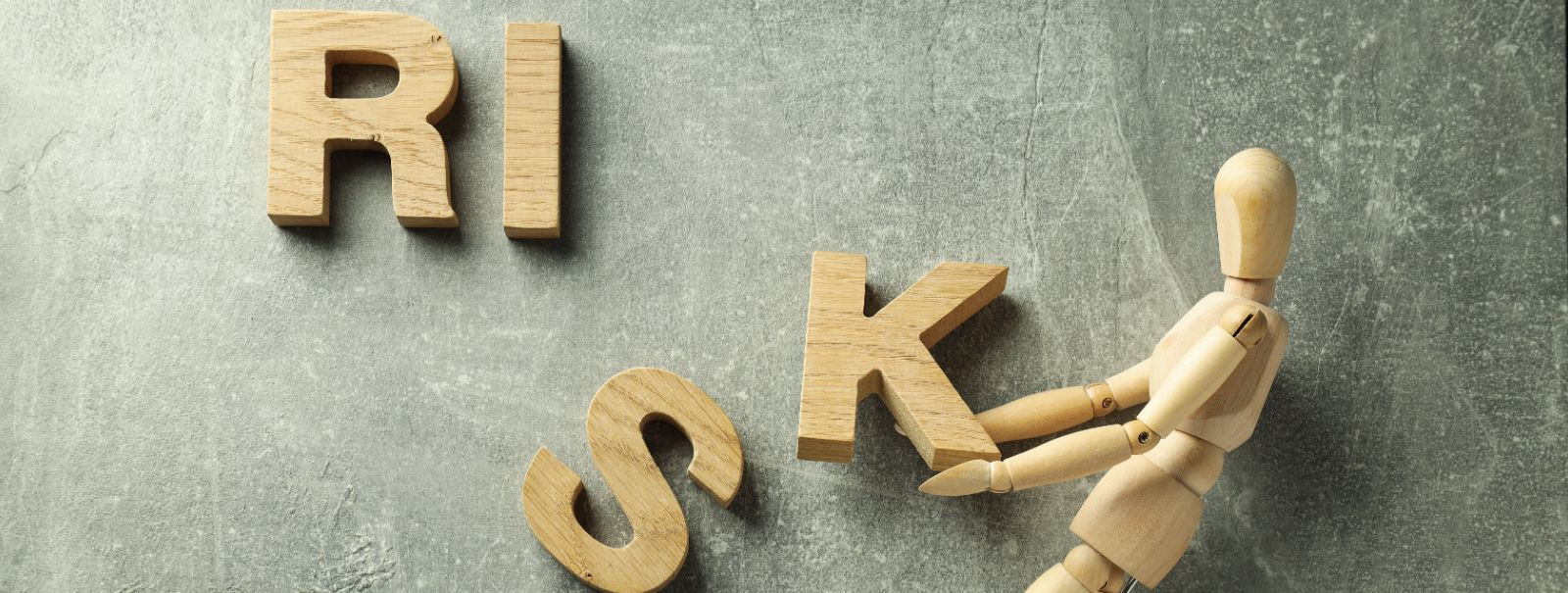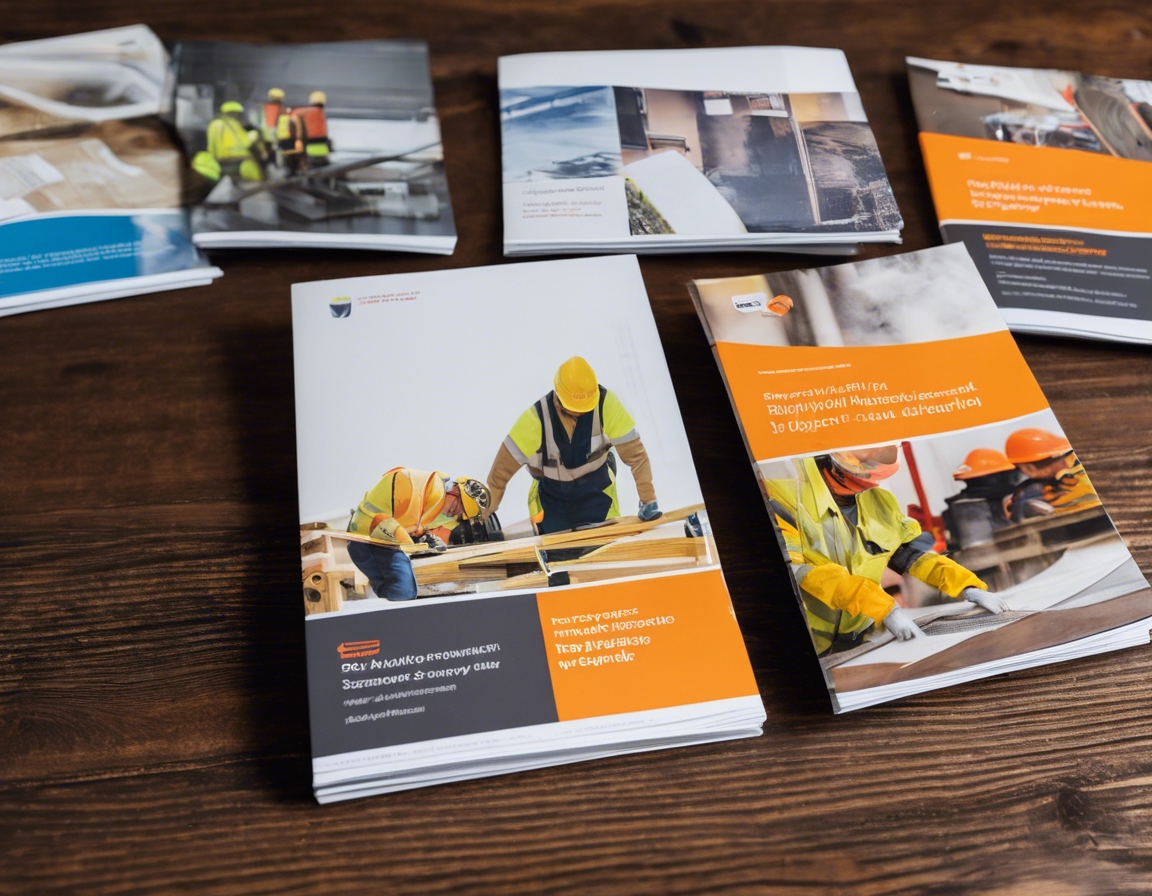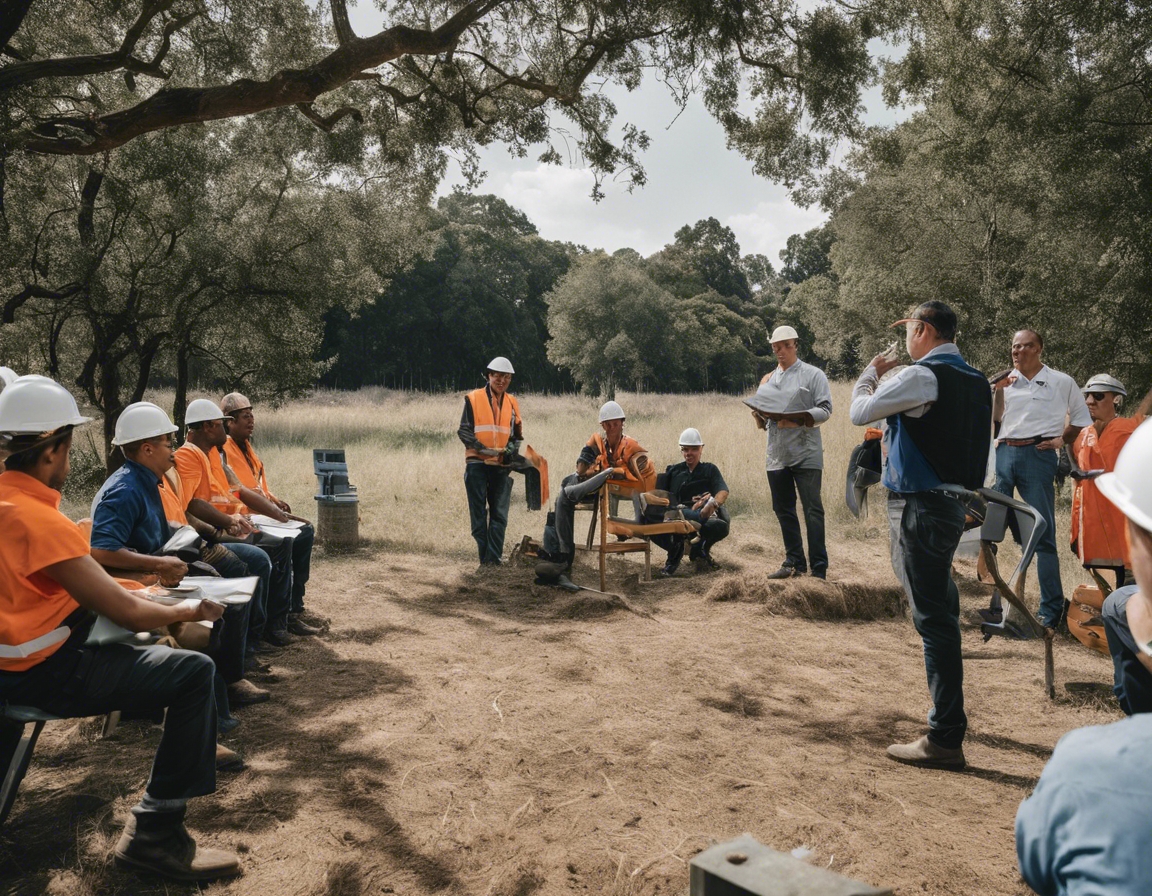5 key steps in conducting a workplace risk analysis
Ensuring the safety and health of employees is a paramount concern for businesses across all industries. Conducting a workplace risk analysis is a critical process that helps identify potential hazards, assess risks, and implement control measures to prevent accidents and occupational diseases. This systematic approach not only safeguards employees but also aligns with legal compliance and promotes a culture of safety within the organization.
Step 1: Identify Hazards
The first step in a workplace risk analysis is to identify potential hazards that could cause harm. It is essential to consider various types of hazards:
These include anything from slips, trips, and falls to machinery-related injuries.
Exposure to harmful chemicals can lead to acute or chronic health issues.
These involve exposure to infectious agents like bacteria and viruses.
Improper workstation design can lead to musculoskeletal disorders.
Stress, workplace violence, and other organizational factors can affect mental health.
Step 2: Determine Who May Be Harmed and How
After identifying the hazards, it's important to understand who might be affected. This includes employees, contractors, visitors, and anyone else who might be present in the workplace. Assessing how these individuals might be harmed will guide the development of effective control measures.
Step 3: Evaluate the Risks and Decide on Precautions
Once the hazards and at-risk individuals are identified, the next step is to evaluate the level of risk associated with each hazard and decide on the appropriate precautions to mitigate these risks.
Consider the likelihood of the hazard leading to harm and the severity of the potential outcome.
These may include engineering controls, administrative changes, or personal protective equipment.
Step 4: Record Your Findings and Implement Them
Documenting the risk analysis process is crucial for legal compliance and for communicating the findings to all stakeholders. Implementation of the findings involves putting the control measures into practice.
Keep clear records of the hazards identified, their associated risks, and the measures taken to control them.
Ensure that the planned measures are put into action and that employees are trained accordingly.
Step 5: Review Your Assessment and Update if Necessary
A risk analysis is not a one-time event. It should be reviewed regularly to ensure it remains up to date with any changes in the workplace.
Set a schedule for reviewing the risk assessment, especially after any significant changes in the workplace.
Make necessary adjustments to the risk assessment based on new hazards, changes in processes, or after an incident.






Comments (0)